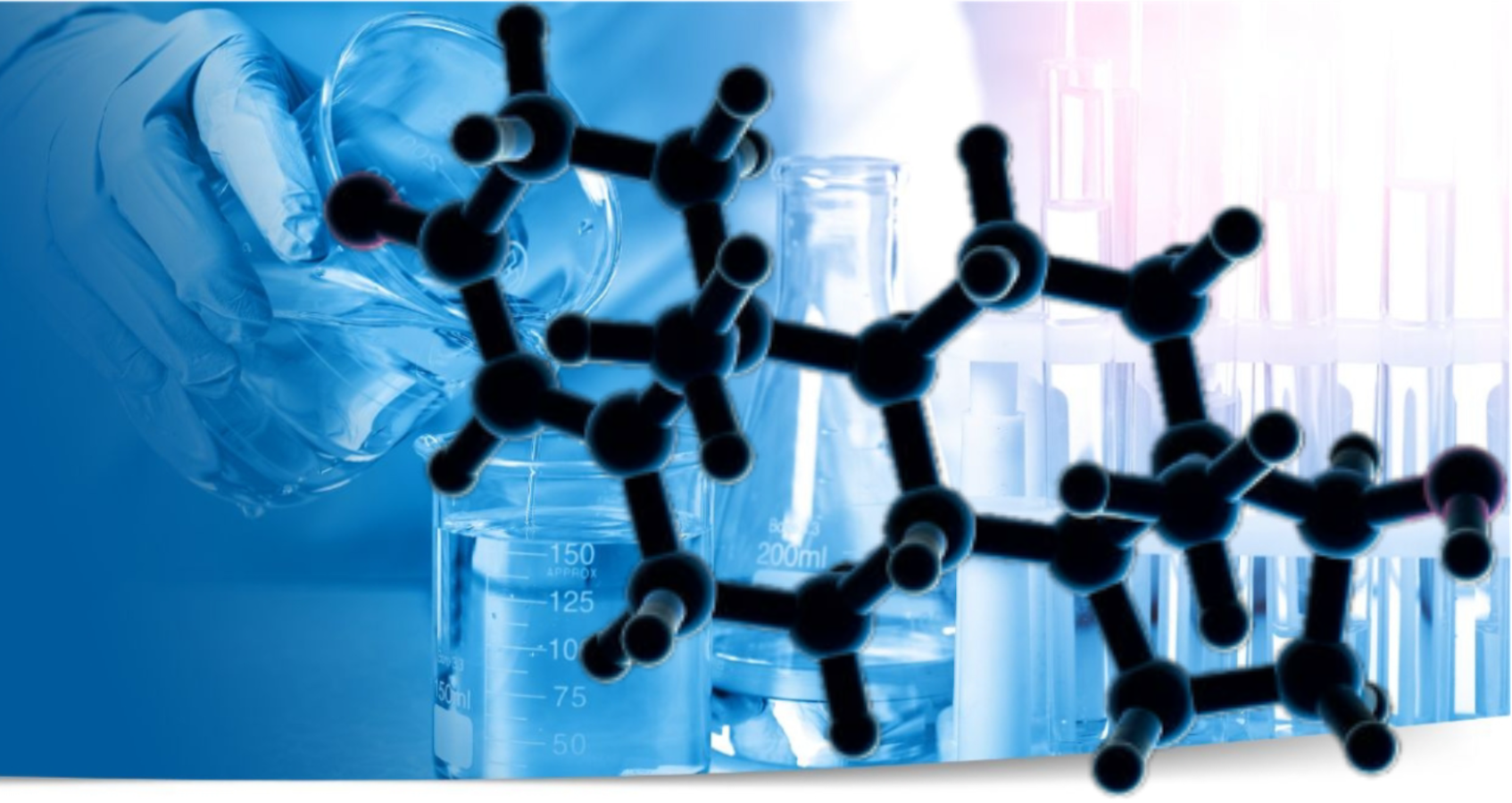27 November, 2024
0 Comments
1 category
The key difference between esterified oral steroid hormones and C17 methylated steroid hormones lies in their chemical modifications, metabolic stability, and how they are administered or absorbed in the body. Here’s a breakdown of each:
Esterified Oral Steroid Hormones
- Chemical Structure: Esterified steroids have an ester group attached to their structure, typically at a hydroxyl group (e.g., at the 17β-hydroxyl or 3α-hydroxyl positions). This esterification modifies the hormone’s solubility and pharmacokinetics.
- Purpose:
- The ester group often improves the lipophilicity (fat solubility) of the steroid, allowing for better absorption or prolonged release when injected.
- Some orally active esterified steroids rely on the body’s metabolism (e.g., lipase enzymes) to remove the ester group and release the active hormone.
- Metabolic Stability: Esterified steroids are less hepatotoxic because they do not directly affect the liver as much as C17 methylated steroids. The liver processes the ester group rather than the core steroid structure.
- Administration:
- While many esterified steroids are designed for injection, some formulations (e.g., esterified oral testosterone derivatives) exist for oral use.
- For oral administration, esterified steroids generally have lower bioavailability compared to C17 methylated compounds, as they may not fully survive first-pass liver metabolism.
C17 Methylated Steroid Hormones
- Chemical Structure: C17 methylated steroids have a methyl group added at the 17α position of the steroid’s structure. This structural change prevents the steroid from being broken down by the liver too quickly.
- Purpose:
- The methyl group increases the hormone’s oral bioavailability by preventing degradation during first-pass metabolism in the liver.
- This makes them highly effective when taken orally without requiring injections.
- Metabolic Stability:
- C17 methylated steroids are more resistant to liver metabolism, which makes them potent in smaller doses.
- However, they are significantly more hepatotoxic, as the liver struggles to fully metabolize them, leading to potential liver damage with prolonged use.
- Administration: These steroids are designed specifically for oral use, with high bioavailability compared to esterified steroids.
Summary of Key Differences
| Feature | Esterified Oral Steroids | C17 Methylated Steroids |
|---|---|---|
| Modification | Ester group (often at 17β position) | Methyl group at 17α position |
| Purpose | Prolonged release, better absorption (injections/oral) | Enhanced oral bioavailability |
| Administration | Often injectable; some oral forms | Oral use |
| Liver Toxicity | Lower hepatotoxicity | Higher hepatotoxicity |
| Bioavailability | Moderate to low (depends on metabolism) | High |
Practical Implications:
- Esterified steroids are often used for controlled, long-term effects with lower toxicity, commonly via injection.
- C17 methylated steroids are potent oral options but carry higher risks of liver damage and are often avoided for prolonged use.
Would you like further detail on any specific hormone or use case?
Category: Uncategorized


